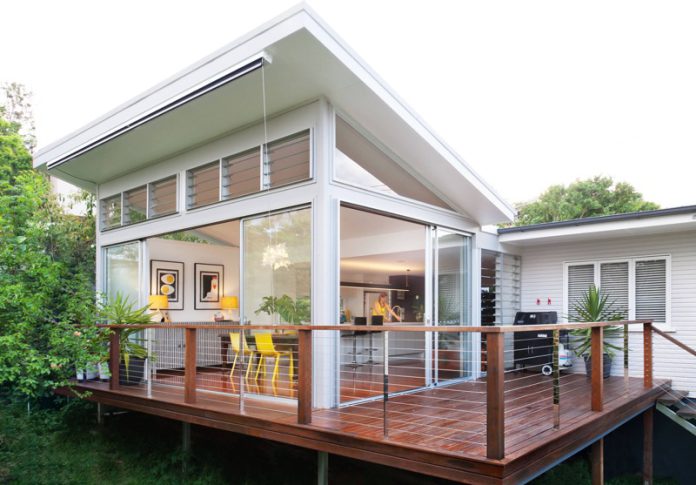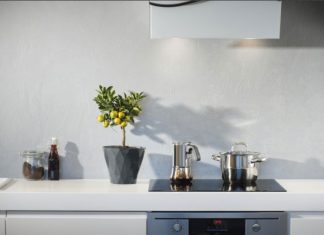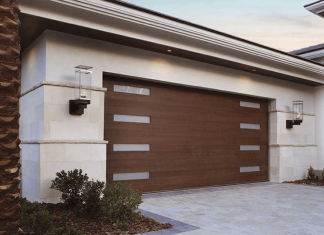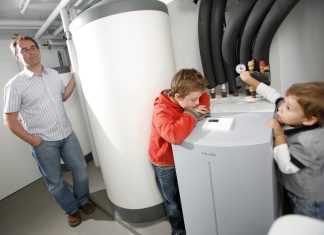Have you ever wondered about the air you breathe within the walls of your home? Of course, you do. Though at times you might be thinking if what you have is enough. From there, you might have asked yourself this question at least once: “When is it reasonable to get mechanical ventilation for my home?”
In this blog post, we’ll dive into the various aspects of indoor air quality, signs indicating the need for mechanical ventilation, and practical considerations for making informed decisions.
Air(y) Beginnings
Let’s start by acknowledging the invisible culprits that may be affecting the air you breathe. Indoor air pollutants, stemming from sources like cooking, cleaning, and even furniture, can compromise your health. Common pollutants include dust, mould, and volatile organic compounds (VOCs). Poor indoor air quality can lead to respiratory issues, allergies, and a general feeling of discomfort.
When Headaches Knock, and Allergies Talk
Recognizing the signs of inadequate ventilation is crucial. Do you often find yourself dealing with persistent musty odours or notice condensation on windows? These could be indicators that your home is not getting sufficient fresh air. Keep an eye out for symptoms such as headaches, fatigue, or exacerbated allergies, as they might be linked to poor indoor air quality.
Ventilation Systems 101
Now, let’s explore solutions. Mechanical ventilation comes in various forms with each its own set of benefits. Exhaust systems, supply systems, and balanced systems all play a role in maintaining a healthy indoor environment. Consider your home’s characteristics when choosing the right system – factors like size, layout, and local climate can influence your decision.
What Do You Need the Mechanical Ventilation For Then?
Understanding the factors that influence ventilation needs is key to making an informed decision. Climate plays a role; in humid environments, proper ventilation is vital to prevent mould growth. Building tightness is another consideration – a well-sealed home may require mechanical ventilation to ensure proper air circulation. And then there are our furry friends. As pet experts from Mary Valley Pet Cremation would attest, pets contribute to indoor air pollutants and make ventilation especially important in homes with animals.
Putting a Price on Fresh Air
Naturally, cost is a significant factor in any home improvement decision. While the initial investment in a mechanical ventilation system may seem daunting, it’s essential to consider the long-term benefits. Improved energy efficiency, reduced health-related expenses, and an overall enhanced quality of life are all part of the package. Think of it as an investment in the well-being of your home and its occupants.
Calling in the Pros for a Home Air Checkup
Feeling overwhelmed? Seeking professional advice can be a game-changer. HVAC professionals or indoor air quality experts can assess your specific situation, offering tailored recommendations. Don’t hesitate to consult with them, especially if you’re experiencing persistent issues or if you’re unsure about the right ventilation system for your home.
Conclusion
So, when is it reasonable to get mechanical ventilation for your home? The answer lies in a combination of factors. If you’ve noticed signs of poor indoor air quality, if your home has specific characteristics like being tightly sealed, or if you share your space with furry companions, mechanical ventilation becomes a sensible consideration. Balancing the initial cost with long-term benefits and seeking professional advice when needed ensures that you make a well-informed decision. Ultimately, investing in mechanical ventilation is an investment in the health and comfort of your home, providing you and your loved ones with the fresh air you deserve.













